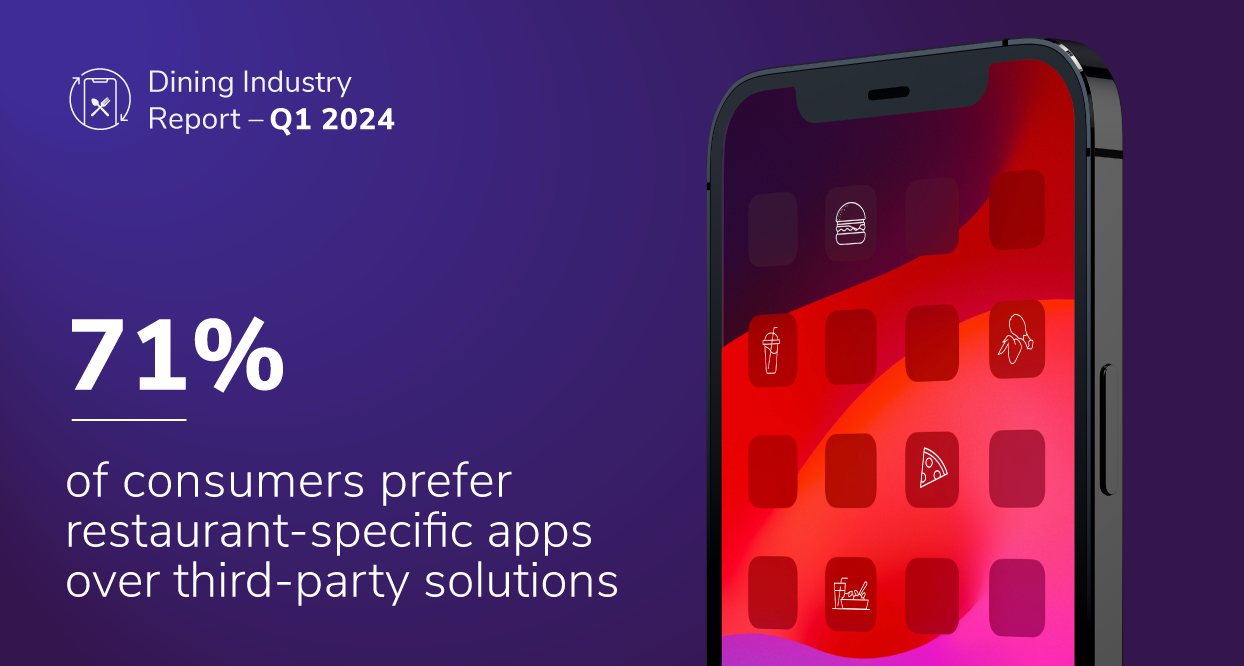Product Information Management: Adding a PIM To Your Commerce Strategy

As you browse around the Internet today, take notice of everywhere that you see a "product" online, or something you can purchase. Where products may have initially been limited to a website’s "store" section, you likely will now see them featured on that website’s homepage or embedded contextually within other pages or blog content. You might get display advertising served to you for an item you just viewed on a completely different website. That hiking backpack you were admiring may show up in your inbox, in your search results, or even on your smart TV.
For merchants, the need for accurate and up-to-date product information has increased and with it, the ways that we manage this information have evolved. This product information may include things like a product name, SKU, current inventory numbers, or metadata like its description, manufacturer name, link to images — the list goes on. Making sure that data is collected, organized, and available everywhere you need it is the job for something called a Product Information Management platform, or often just the acronym, PIM.
A PIM is designed to serve as a central repository for all of your product information. This greatly simplifies the data management and enrichment process, and facilitates the syndication of accurate and timely data across many channels.
PIMs work with most major commerce platforms. For instance, we’ve powered commerce experiences with both Adobe Commerce, previously known as Magento Commerce and Shopify integrated with PIMs, managing catalogs small to large. While it’s true virtually every commerce platform offers some capability to manage product information natively, workflow tool requirements, sophistication around data hygiene, and the syndication needed in mature product organizations are often unavailable out-of-the-box, and this is where a PIM can come in handy.
PIM 101: How Did We Get Here
When people think about online shopping, it’s natural to compare the shopping experience to what is familiar. We tend to think about commerce websites as analogous to physical stores, where you can walk in, browse through items, and potentially take something home. Early iterations of commerce have certainly played up this comparison; just think about the skeuomorph found on almost all sites — an icon representing a shopping cart with the words, “Add to Cart.” We relate to things that we’re familiar with; it can make a new experience easier to understand, and can help lessen the adoption curve.
When big businesses thought about online shopping, often their path to implementation would have taken a similar route. Commerce websites or shops were “launched” or “opened” and often treated internally with the same fanfare that a physical store opening might receive. Consider the architecture behind your site; in many instances, the commerce portion is powered by a completely different solution or technology.
The analogies again make this easy — a commerce 101 article might point out that an online store is “open 24/7,” and even though this makes complete sense when compared to a physical store, it loses its meaning in the digital world. Of course your website is online 24/7.
While this direct comparison may have been necessary years ago, it’s just not enough anymore. Our products are everywhere, and the companies that can manage that information correctly and get it to the right places, easily, are the ones that are succeeding.
Embracing these concepts might take some time and involve both technical and cultural changes within your organization to realize the benefits. Let’s talk about how a centrally-managed product information system, or a PIM, can help enable success across channels, improving both the customer experience and the processes used to manage your data.
PIMs Simplify the Process
Using a PIM simplifies the process of creating, maintaining, and using product details and descriptions for online product catalogs. It provides you with a single place to collect and cultivate your product information and disseminate it to your sales and commerce channels.
As an example, think about your advertising — a customer looks at a product online, then they go to a different website and that product is there too. Making sure the same image is available on your website as well as your ad platform is critical. Every time you update your website with new products, you also have to update your ad-serving platforms. Is this item sold out? Better stop running ads. This used to be a manual process, where you’d update your website and then go through and update your ad platform. A PIM and established processes can make this easier — you update the PIM and it updates all of the other places so they stay in sync.
PIMs are picking up traction across commerce-centric industries, and are seen by some as a key component of delivering digital brand experiences. Ventana Research’s Matt Smith predicts by 2021, 50 percent of product-centric organizations will use a modern dedicated PIM environment to manage product processes and provide high-quality product experiences. Not only do PIMs make managing information easier for the merchant and a more consistent experience for the buyer, they have a legion of potential business benefits from increased conversion rates to faster time-to-market and decreased product returns.
Determine if a PIM is Right For Your Business
So, who’s in the target market to use a PIM? Why merchants, of course (mostly)! Whether big or small, from B2B to B2C, many businesses may be able to benefit from a PIM solution. Here are some examples.
Retailers (B2C/B2B)
These clients tend to have catalogs with several vendors. All with highly different qualities of product data. Often these merchants engage in multi-channel commerce via marketplaces, etc.
Manufacturers
These are clients that need to syndicate enriched product information upstream to wholesale and retail channels. They also want to facilitate a direct conversation with their end-customers.
Wholesaler/Distributor
These are clients that have product data needs that go in multiple directions.
What Size Catalogs Benefit from a PIM
Generally, larger catalogs benefit the most. However, we’ve seen catalogs as small as 4,000 SKUs. On the other hand, we’ve seen over 1,000,000 SKU catalogs. It’s also important to consider what type of products you carry.
Ask yourself:
Do you have mostly simple products?
Do you have a lot of metadata about your products?
Do you have complex relationships between your products and other data?
Do you have highly customizable or configurable products?
Consider The Flow of Your Product Data
Where does your product data need to flow? Multi-channel and omnichannel environments are a strong suit for PIMs. Often organizations struggle with handling the diverse data needs of various channels and properly syndicating the data across those channels.
Your primary commerce channel needs one set of data, your Marketplace channels (Amazon, eBay, Walmart, etc.) another one, your product ads platforms (Bing, Google, etc.) another, and your POS channel (Toast, Square) being yet another. It can be a real challenge. PIMs help overcome this challenge since all of your product data is housed in one central place and then synced across your channels. The need for manual updates — and the inconsistencies that come with it — across your many channels is no longer needed.
Improved Experiences for Everyone
PIM solutions have many benefits not just for businesses but also for your customers, which can best be summed up into two common themes:
1. Removing Headaches/Empowering the Business
Aside from vendors trying to simply achieve goals around creating a single system of record (SOR) for product data, PIMs can help deliver a differentiated experience that empowers business users to efficiently manage the creation, enrichment, governance, automation, and syndication of their product content.
2. Improving Customer Experience/Differentiating the Brand
In a world where virtually every brand is at risk for commoditization, digital business professionals are increasingly discovering product content as a new front in the war for differentiation in the marketplace. PIMs allow brands to leverage product data to power highly personalized experiences for shoppers, and across channels.
Better Product Experiences, Better Conversion
The reality is not every merchant or product organization will need a dedicated PIM solution. If you have a small catalog or your products are simple, you can be happy as a clam with what tools come out-of-the-box with your run-of-the-mill commerce solution.
But, if you are looking to make big strides in feeding consistent and streamlined information across your platforms, then PIM is a solution you should look into. Providing timeliness of data and syndication across channels, automated connections to other platforms, and real-time information, PIMs allow you to build product experiences that in turn lead to positive customer experiences, which will ultimately help improve your sales efforts.


